Broccoli Plant Growing Stages
Broccoli is one of the most versatile and widely grown vegetables in home gardens across temperate climates. Its ease of cultivation, hardiness, and adaptability to various culinary preparations make it a quintessential component of any cool-season garden. I have provided a detailed exploration into the broccoli plant growing stages, offering insights into the ideal conditions for broccoli cultivation.
I have discussed the distinct stages in the broccoli plant’s development, starting from seed germination through harvesting the nutrient-dense florets. The discussion encompasses guidance on selecting suitable varieties, meeting the environmental preferences of broccoli, and implementing effective plant care practices. Through a deeper understanding of the broccoli lifecycle, gardeners can plan successful plantings, troubleshoot issues, and enjoy bountiful harvests.
For more information about kitchen gardens you can visit: Lettuce Growing Stages
Ideal Conditions for Growing Broccoli
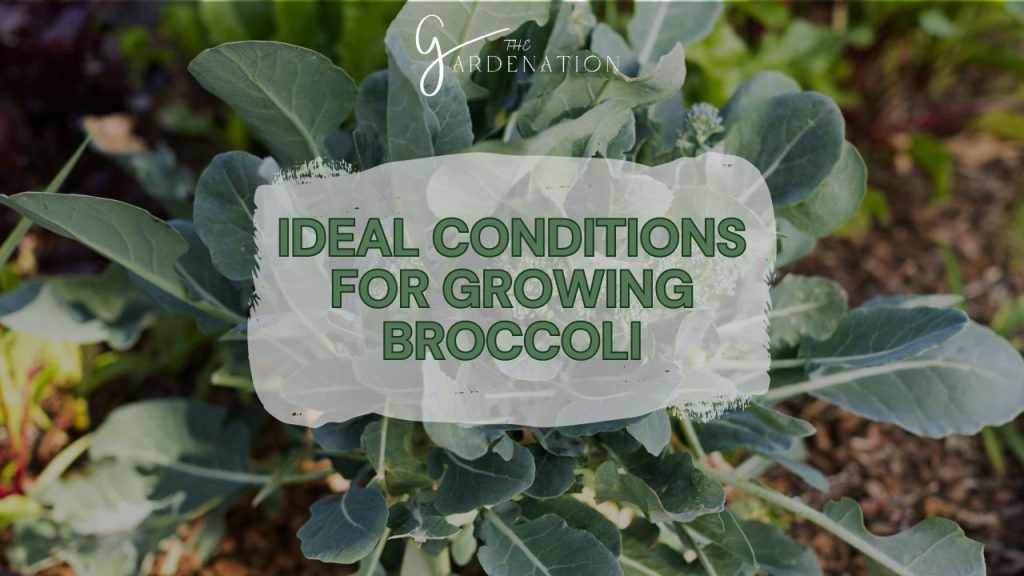
Broccoli thrives in cool weather, ideally with temperatures ranging between 60-70°F during the day and around 40-50°F at night. Exposure to temperatures above 80°F can trigger premature flowering and reduce yields. Timely planting is therefore critical for broccoli success.
In northern regions, gardeners can directly sow broccoli seeds into prepared garden beds 3-4 weeks before the last expected frost date. However, transplants offer more flexibility and higher success rates for spring and fall plantings. The University of Maryland recommends starting broccoli seeds indoors 4-6 weeks before transplanting seedlings into the garden after the danger of frost has passed.
Broccoli flourishes in full sun locations with fertile, well-drained soil rich in organic matter. Maintaining consistent soil moisture is vital, especially around the root zone. Utah State University advises providing 1-1.5 inches of water weekly in the absence of rain. Afternoon shade in hotter zones can protect against heat stress.
Broccoli Plant Growing Stages
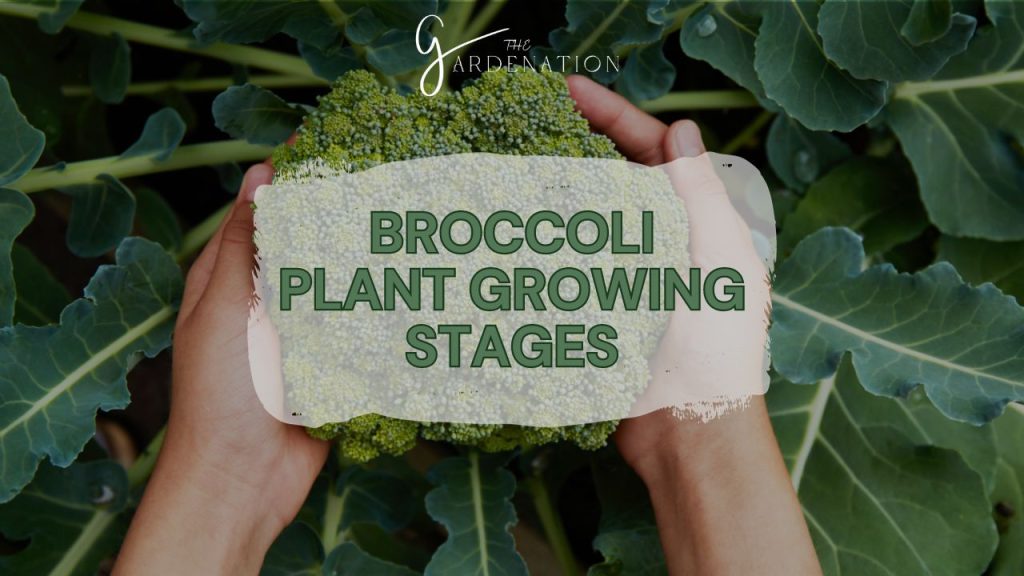
The broccoli life cycle spans one to two years depending on variety and cultivation as an annual or biennial. I have focused on the annual growth cycle comprising the following key stages:
Seed Germination:
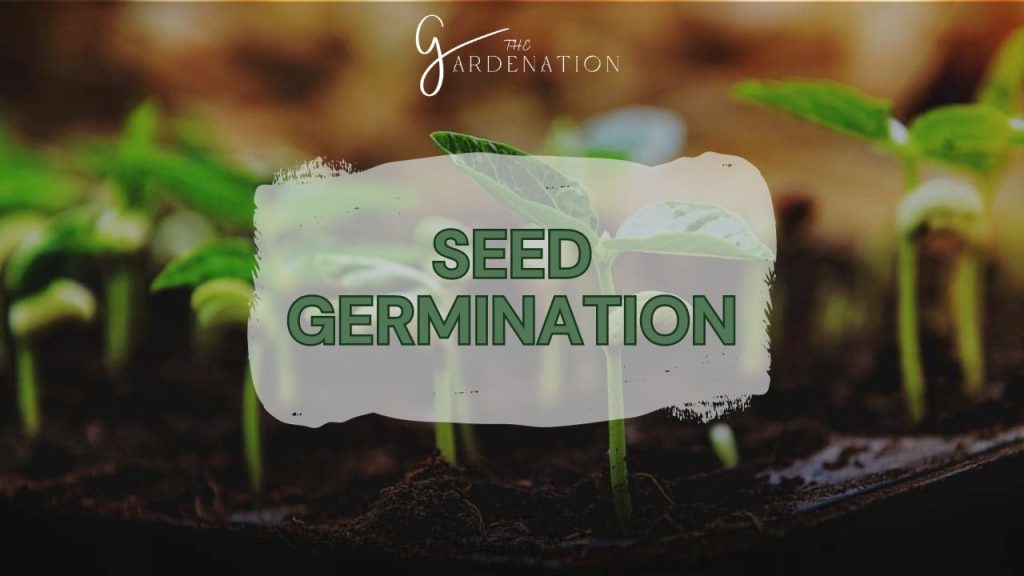
Broccoli seeds germinate best in soil temperatures around 70°F. The seeds should be planted 1⁄4-1⁄2 inch deep either directly outdoors or in seed trays. With adequate warmth and moisture, seedlings emerge in 5-10 days.
Seedling Stage:

The small seedlings reach about 2 inches tall in 3-4 weeks. Supplemental lighting benefits indoor-grown transplants during this stage. Hardening off is necessary before final transplant outdoors.
Vegetative Growth:

Transplanted broccoli continues growing vigorously, developing numerous leaves and expanding in size. Maintaining optimal temperatures and sufficient nitrogen availability via fertilization is vital now.
Flower Initiation:
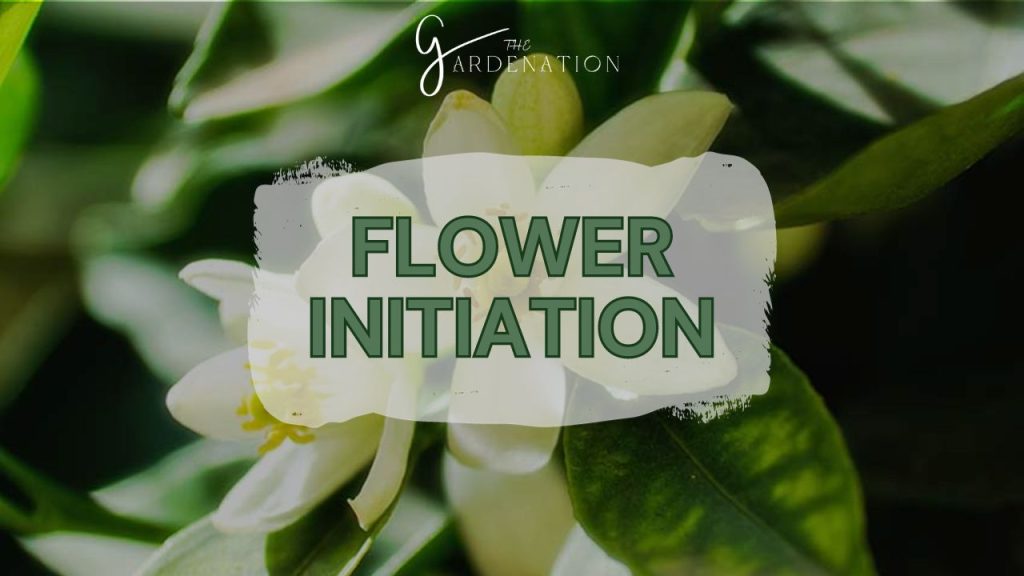
After 5-6 weeks of active vegetative growth, the broccoli plant transitions resources towards developing its characteristic central head/crown. Temperatures below 50°F can trigger undesirable early flowering.
Flowering:

The broccoli head emerges as a mass of unopened flower buds packed within green bracts. Careful irrigation and side-dressing with compost nurtures the rapid head enlargement over the next 2-3 weeks.
Pollination:
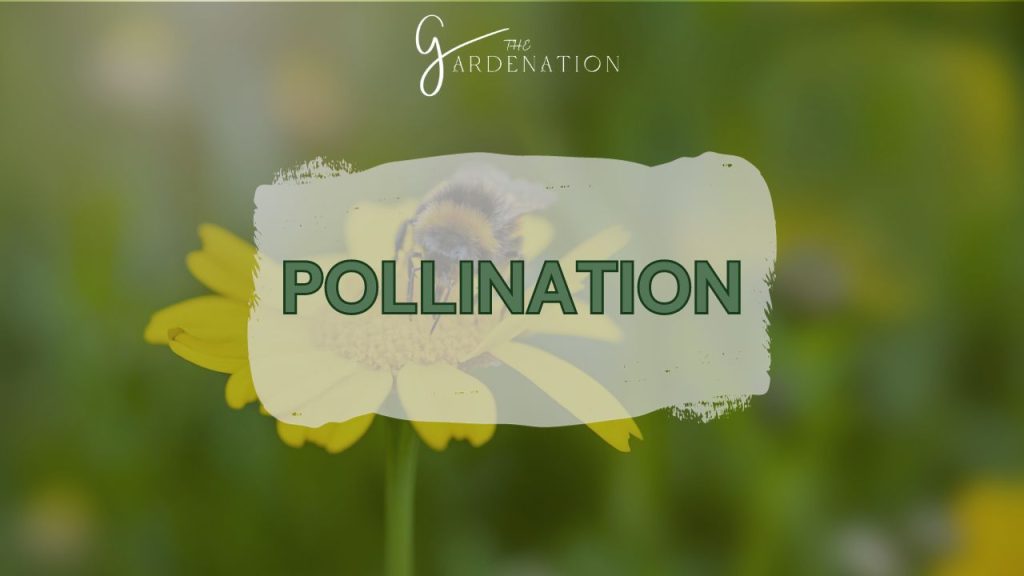
Flower buds require pollination to transform into seeds. However, broccoli grown for consumption is harvested before viable seeds develop.
Harvesting:
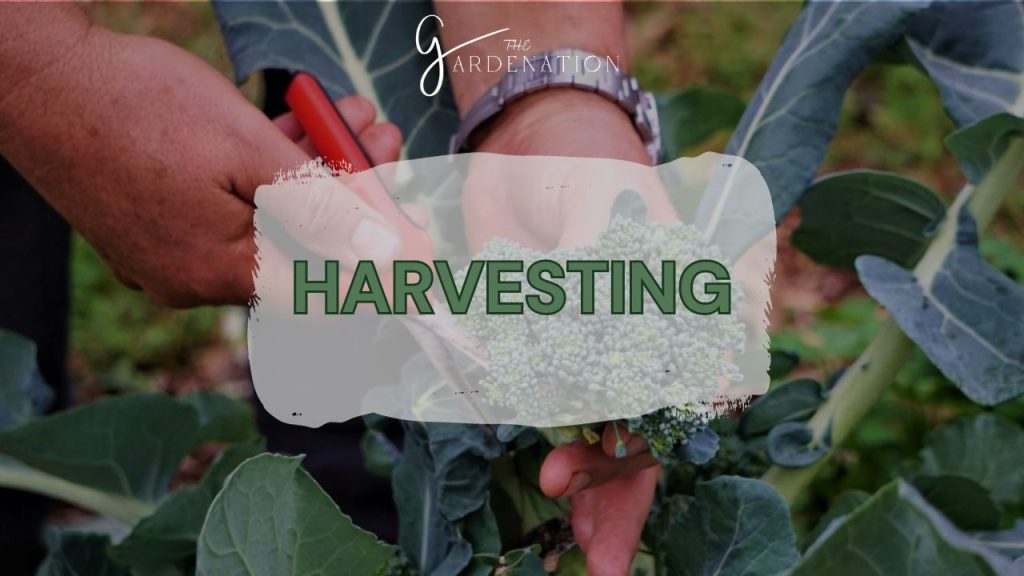
Mature broccoli heads with tightly packed, firm buds are ready for cutting about 3-4 weeks after the initial appearance of the central head, before yellow flowers emerge.
Types of Broccoli Varieties
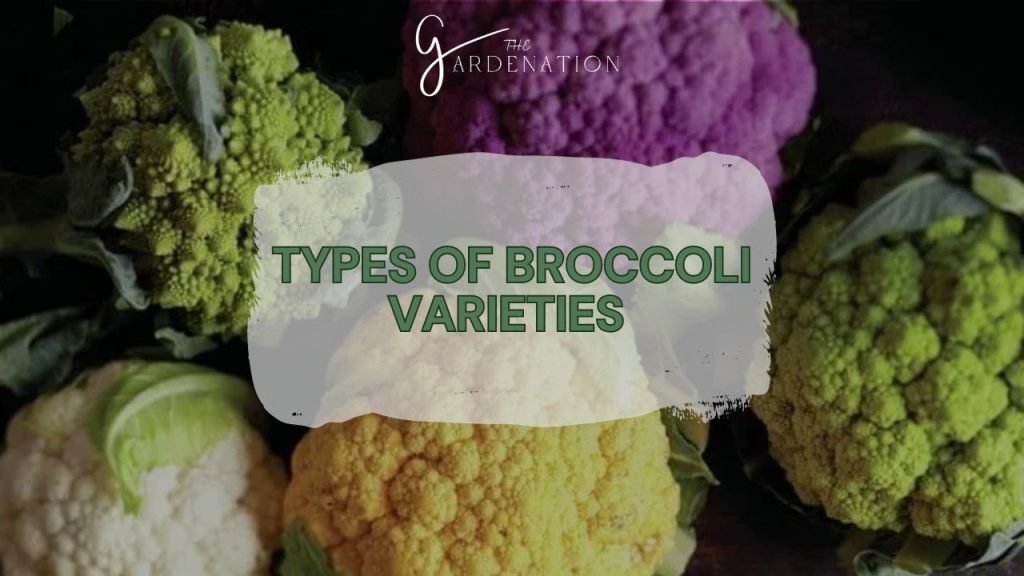
While most broccoli varieties share the familiar green heads, some cultivars feature purple florets or elongated spears. Maturity periods also vary, with full-season broccoli requiring 65-100 days to reach harvest while faster-growing varieties can be ready in under 60 days.
When selecting seeds or transplants, I consider the regional climate and growing season limitations. Cool northern zones favor slower-maturing full season varieties for a concentrated early summer harvest period. Meanwhile, southern gardeners can stagger plantings of early and late-season broccoli for steady yields.
Starting broccoli indoors allows me to gain a head start on the growing season. Transplants mature faster, while avoiding exposure to pests and diseases. Dome-shaped 18-cell trays provide enough room for seedling root development.
Broccoli Plant Care and Maintenance
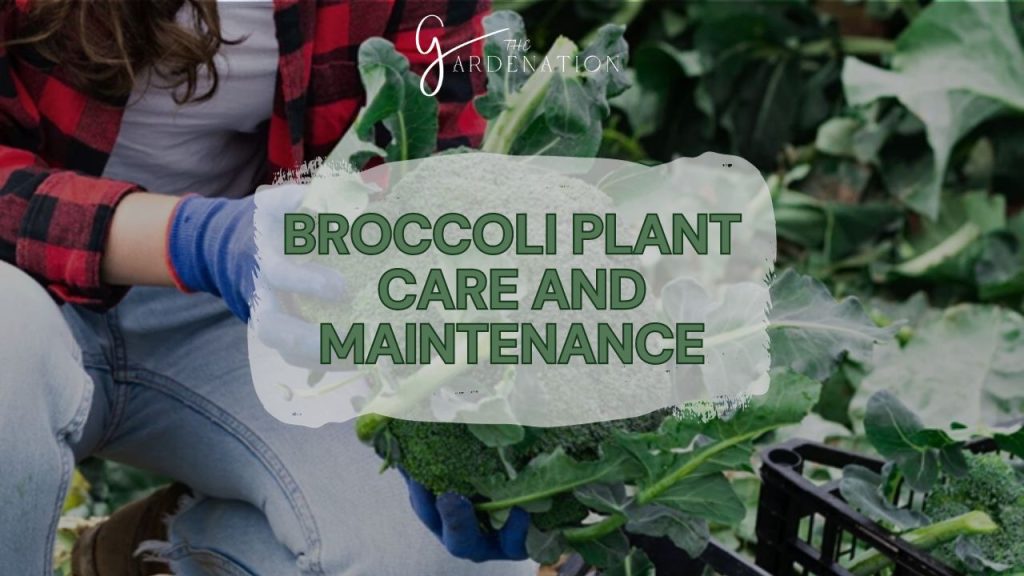
Watering: Broccoli plants appreciate consistent 1-1.5 inches of water per week from transplant through harvesting. Soaker hoses or drip irrigation prevents moisture fluctuations.
- Soil: Pre-plant incorporation of 2-3 inches of finished compost or well-rotted manure creates an ideal nutritive base. Side-dressing with a nitrogen-rich organic fertilizer supports vigorous growth.
- Spacing: I allow 18-24 inches between broccoli plants within rows spaced 3 feet apart. Wider spacing prevents overcrowding and reduces moisture competition between plants.
- Thinning: For direct-sown broccoli, thinning is essential to retain only the strongest seedling at proper spacing once the first true leaves emerge.
- Transplanting: I harden off indoor-grown transplants for 7-10 days before transplanting them 18-24 inches apart into garden beds. I water transplants immediately and provide shade on hot days.
- Pests: Cabbage loopers, cabbage worms, aphids and flea beetles threaten broccoli plants. Row covers exclude pests while companion planting with aromatic herbs or flowers helps repel insects.
Flowering and Pollination
The broccoli head is not a single flower, but rather a dense collection of unopened flower buds arising from a thickened floral stalk. Timely harvesting prevents these buds from blooming. If harvesting is delayed, the yellow flowers open (a process called bolting), foliage production declines, and the plant redirects energy towards seed production.
Sudden temperature spikes early in the growing season can also induce bolting. Other prevention strategies include mulching to moderate soil temperatures and providing partial shade with row covers or shade cloth.
For broccoli grown as a biennial specifically for seeds, the yellow flowers require cross-pollination by bees, hoverflies and other insects to yield viable seeds for future plantings. However, broccoli raised as an annual vegetable crop is harvested well before viable seed formation.
Harvesting and Post-Harvest Care
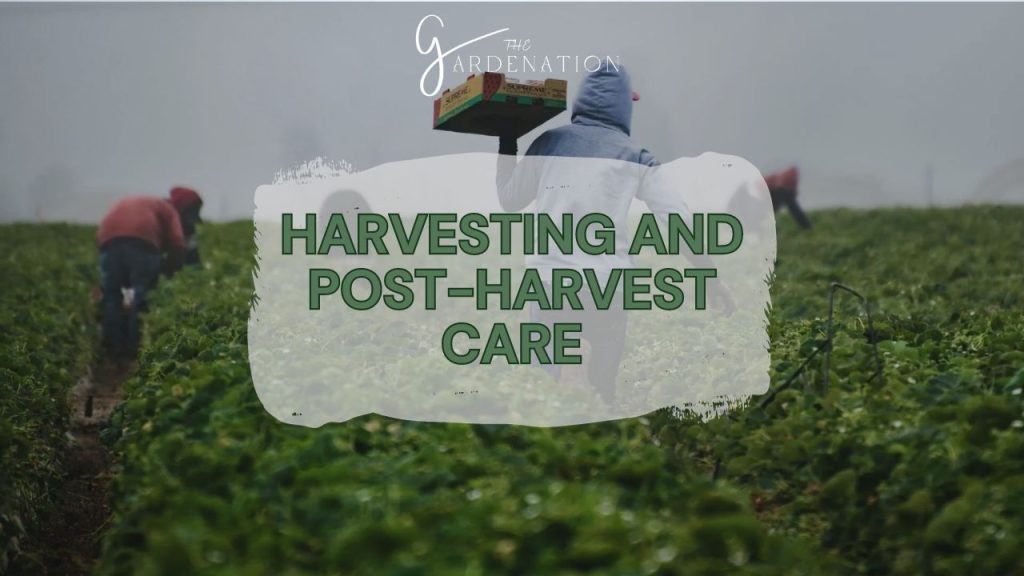
The multiple-harvest nature of broccoli offers gardeners flexibility in reaping yields. I monitor the central head daily as it approaches maturity, watching for flower buds that are tight, firm and dark green with a diameter of 3-6 inches. I use a sharp knife to cut the stem just below the head before individual flowers start to loosen and open.
Many varieties will subsequently produce smaller side shoots perfect for fresh eating. Continuing to fertilize and irrigate the broccoli stumps after the primary harvest encourages the development of these secondary shoots for extended seasonal yields.
As temperatures drop with the arrival of fall, broccoli growth decelerates. I harvest any remaining heads before the ground freezes to avoid damage. In regions with mild winters, overwintering hardy varieties under protective row covers permits harvesting after the spring thaw.
Frequently Asked Questions
How long does it take to grow broccoli?
From transplant to first harvest, broccoli takes 60-100 days depending on variety. Full season types require up to 100 days compared to 60-70 days for short season cultivars.
How much broccoli can I harvest per plant?
On average, gardeners can expect 0.5–1.5 lbs per broccoli plant, with higher yields from healthier plants grown in ideal conditions. The initial central head accounts for most of this harvest, while secondary shoots add supplemental yields.
How do I control broccoli worms?
Cabbage worms are the larvae of white butterflies that feast on broccoli leaves. Row covers provide a physical barrier against the egg-laying adults. Organic biological insecticides containing Bt-kurstaki safely target young worms.
Conclusion
I have explored the growth patterns integral to broccoli’s transition from seed to succulent florets. Armed with knowledge of broccoli’s preferences for cool climates, moisture retention maturing in 60 days or less, gardeners can orchestrate successful plantings suited to their local growing conditions. Paying close attention to the details of each plant developmental stage allows for identification and prompt troubleshooting of issues. With the right care through its life cycle from seed tray to garden to table, broccoli is one of the most bountiful and nutritious crops for any vegetable plot.

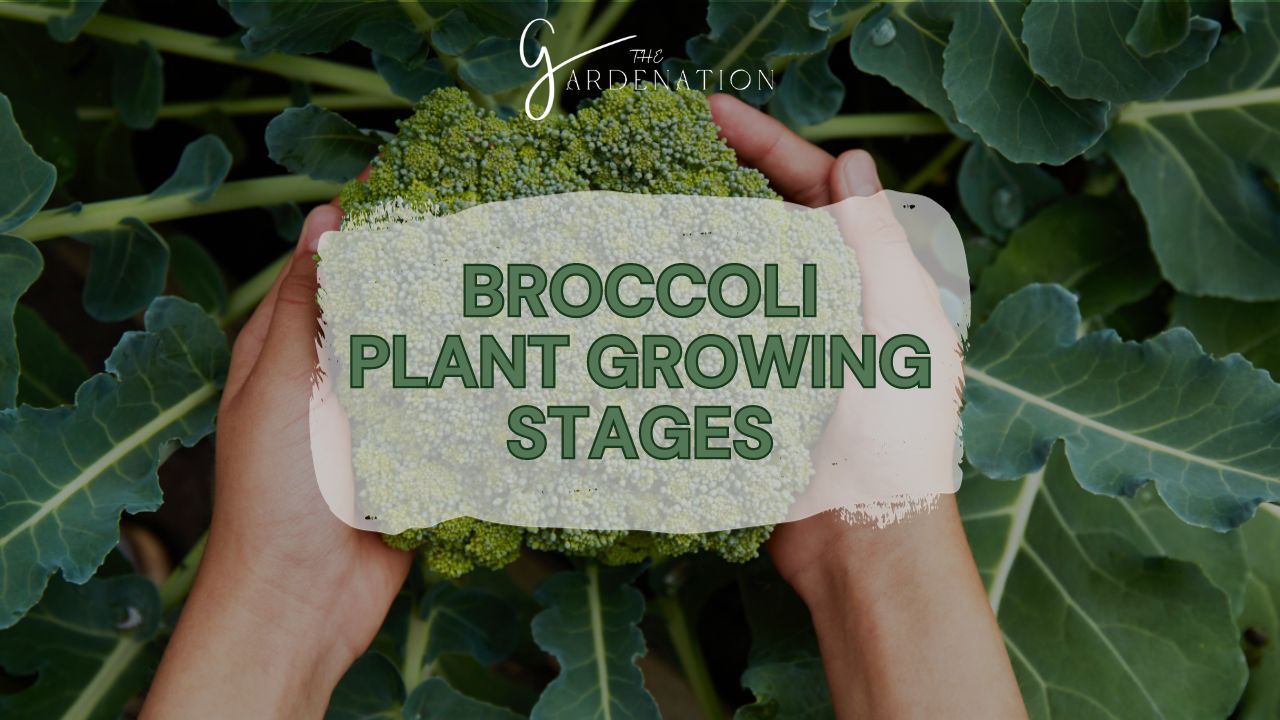
2 Comments